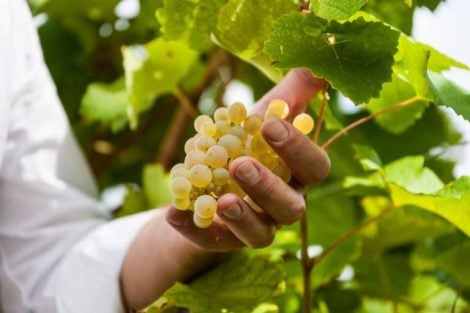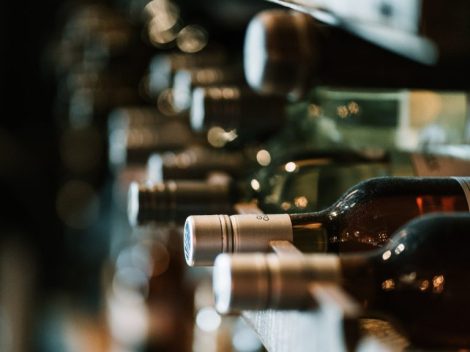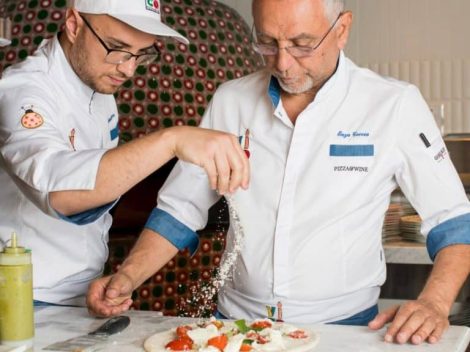Not an exhilarating year for collectible wines in 2023. Nor will 2024 be. The past twelve months have been influenced by a series of negative factors: widespread inflation reducing purchasing power, repeated interventions by central banks to mitigate the cost of living by raising interest rates (peaking as after the 2008 financial crisis), the two wars in Ukraine and Palestine, and their effects on supply chains. These factors have worked against the global GDP, which the International Monetary Fund estimated at 3% in 2023, compared to 3.5% in 2022, indicating a return to normal inflation levels for many countries not before 2025. In such a scenario, where consumers have less economic availability than two years ago, translated to the luxury wine sector, it meant people willing to spend less than in 2022.
Double-digit decline in the wine market
The main Liv-ex indices have recorded a significant double-digit drop, following a 2022 characterized by a rapid first-half growth and a second semester that had already shown signs of increasing reluctance to invest in fine wines. Indeed, 2023 has claimed victims, with losses exceeding 13% for both the Liv-ex Fine Wine 100 and the Liv-ex Fine Wine 1000. These indices had outperformed the stock market and even gold in 2022. The crucial point is that after ten years of growth, the total number of bottles sold on Liv-ex has turned negative (from 12,000 to about 11,000).
Bordeaux as a safe haven, Burgundy in difficulty
After a continuous decline over ten years, the value of Bordeaux wines traded on Liv-ex increased again in 2023. This result can also be explained as an effect of the negative economic conditions. In a declining market, buyers sought security in wines like those from Bordeaux, whose quality is guaranteed at non-exorbitant prices. Remaining in France, 2023 took a toll on Burgundy wines (stars of an exceptional 2022 with high prices and record demand), eroding their market share by value, dropping from 31% to 24%.
Italy performs better, thanks to Piedmont wines
Italy proves to withstand the impact of the generalized decline in the 2023 collectible wine market. Analyzing the sub-indices of the Liv-ex 1000, the most representative one, the Italian index (Italy 100) showed the best performance in 2023, with a single-digit decline (-6.4%), compared to double-digit drops for other sub-indices: Burgundy 150 (-15.7%), Rhone 100 (-19.4%), Rest of the World 60 (-12.5%), Champagne 50 (-17.2%), Bordeaux 500 (-10.3%). At the regional level, Italy defended itself thanks to Piedmont red wines, which proved more appealing to collectors, balancing the negative impact of Supertuscans. Particularly noteworthy are significant price increases for Giacomo Conterno's Barolo Monfortino Riserva 2001 (+40.1%) and Gaja Barbaresco 2010 (+19.9%), as well as the vintages 2015 (+18.1%) and 2011 (+13.2%). There is a notable rise in Argiano's Brunello di Montalcino, following recognition in Wine Spectator's influential top 100. Collectors, since mid-November, have rushed to get a bottle of the 2018 vintage, mostly priced around £650.
Champagne takes the spotlight
Excluding the third place for California's Opus One Cabernet Sauvignon, Champagnes are the true leaders in the Liv-ex 2023 value ranking. In the top spot for the most traded wines, we find Louis Roederer's Cristal (2015 vintage) priced at £2,000 per case of 12 bottles (0.75 liters each), followed by the renowned Dom Pérignon (2013 vintage, priced at £1,830 per case), and again, in fourth place, a 2014 vintage Cristal.
The top 10 most traded wines in 2023 (volumes)
- Dom Pérignon 2013
- Louis Roederer, Cristal 2015
- Taittinger, Comtes de Champagne 2012
- Louis Roederer, Cristal 2014
- Château Talbot 2020
- Château Lynch-Bages 2017
- Opus One 2019
- Perrier Jouet, Belle Epoque 2014
- Argiano, Brunello di Montalcino 2018
- Antinori, Tignanello 2019
Source: Liv-ex
The Liv-ex Database
The Liv-ex analysis is based on a database of fine wine prices, relying in real-time on over 620 Liv-ex member merchants from around the world. It is the largest global market for the category, with about 20,000 wines and a turnover exceeding £100 million.

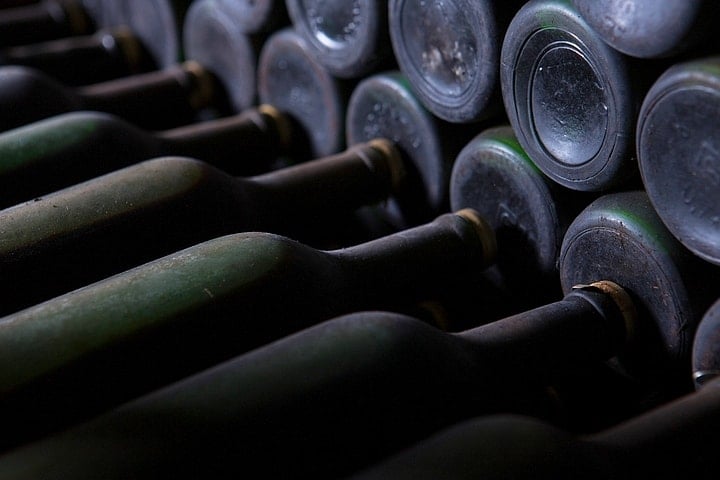
 Non-alcoholic wines? Call them what you want, but they’re still a derivative of wine.” An Interview with Martin Foradori
Non-alcoholic wines? Call them what you want, but they’re still a derivative of wine.” An Interview with Martin Foradori The 8 best Trentodoc wines chosen by Gambero Rosso
The 8 best Trentodoc wines chosen by Gambero Rosso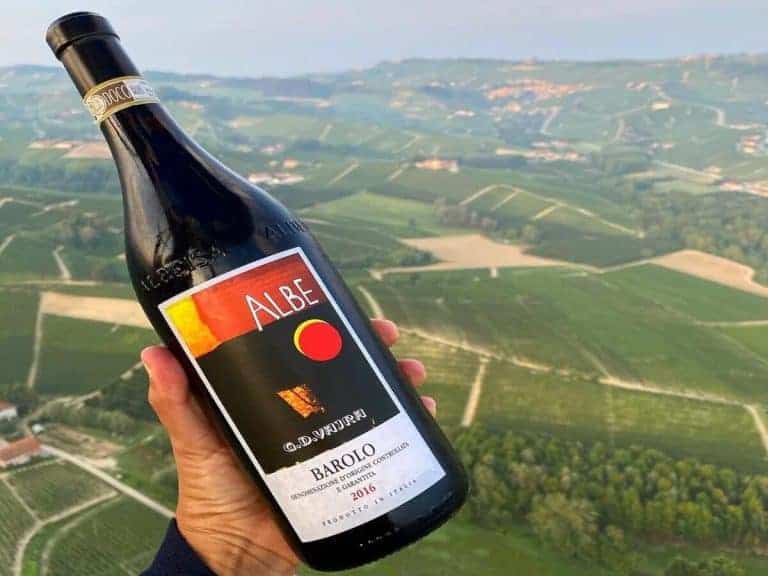 A Piedmont wine enters the top ten of Wine Spectator's "Top 100"
A Piedmont wine enters the top ten of Wine Spectator's "Top 100" Sparkling wines surpass still wines in Italian out-of-home consumption. Most popular during the aperitif
Sparkling wines surpass still wines in Italian out-of-home consumption. Most popular during the aperitif American Barbecue wins a Michelin star for the first time in history
American Barbecue wins a Michelin star for the first time in history